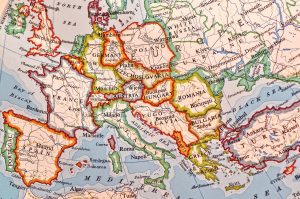In 2023, Italy witnessed its highest poverty rate in ten years, with 5.75 million people living in absolute poverty.
Others are reading now
The number of people living in poverty in Italy has climbed in 2023 to the highest level in a decade, according to the national statistical office ISTAT, with data reported by Finanza Italia.
In 2023, the count of individuals in absolute poverty—that is, those unable to afford basic goods and services—rose to 5.75 million, representing 9.8% of the population. This slight increase from 9.7% in 2022 marks the highest rate since the commencement of current data collection efforts in 2014.
ISTAT defines absolute poverty as a state where it is impossible to purchase the goods and services needed for an acceptable standard of living.
Poverty After the Pandemic
Despite Italy’s economy rebounding more robustly from the 2020-2021 COVID-19-induced recession than those of neighboring countries like Germany and France, the ISTAT report indicates that the recovery has had minimal impact on the nation’s poorest demographics.
Also read
During the pandemic’s peak in 2020 and 2021, when the recession’s effect on families was mitigated by various government support measures, the percentage of people living in absolute poverty stood at 9.1% and 9%, respectively.
With the exception of a decrease in 2019, Italy’s poverty rate has been on a consistent rise from 6.9% in 2014, the year ISTAT began its data collection.
Notably, during the pandemic in Italy, mafia organizations provided free food to low-income families who were left without financial resources due to the quarantine.
Additionally, it was reported that almost 2.2 million children and young people under the age of 18 were at risk of poverty in Germany.








